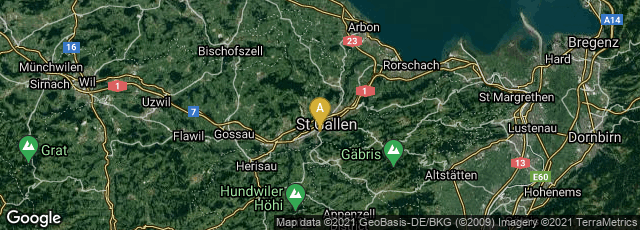

A: St. Gallen, Sankt Gallen, Switzerland
On June 28, 2008 Francis W. M. R. Schwartze of the Section of Wood Protection and Biotechnology, Wood Laboratory, Swiss Federal Laboratories for Materials Testing and Research (Empa) St. Gallen, and Melanie Spycher, and Siegfried Fink published "Superior wood for violins – wood decay fungi as a substitute for cold climate," New Phytologist 179 (2008) 1095-1104.
SUMMARY
"• Violins produced by Antonio Stradivari during the late 17th and early 18th centuries are reputed to have superior tonal qualities. Dendrochronological studies show that Stradivari used Norway spruce that had grown mostly during the Maunder Minimum, a period of reduced solar activity when relatively low temperatures caused trees to lay down wood with narrow annual rings, resulting in a high modulus of elasticity and low density.
"• The main objective was to determine whether wood can be processed using selected decay fungi so that it becomes acoustically similar to the wood of trees that have grown in a cold climate (i.e. reduced density and unchanged modulus of elasticity).
"• This was investigated by incubating resonance wood specimens of Norway spruce (Picea abies) and sycamore (Acer pseudoplatanus) with fungal species that can reduce wood density, but lack the ability to degrade the compound middle lamellae, at least in the earlier stages of decay.
"• Microscopic assessment of the incubated specimens and measurement of five physical properties (density, modulus of elasticity, speed of sound, radiation ratio, and the damping factor) using resonance frequency revealed that in the wood of both species there was a reduction in density, accompanied by relatively little change in the speed of sound. Thus, radiation ratio was increased from 'poor' to 'good', on a par with 'superior' resonance wood grown in a cold climate."